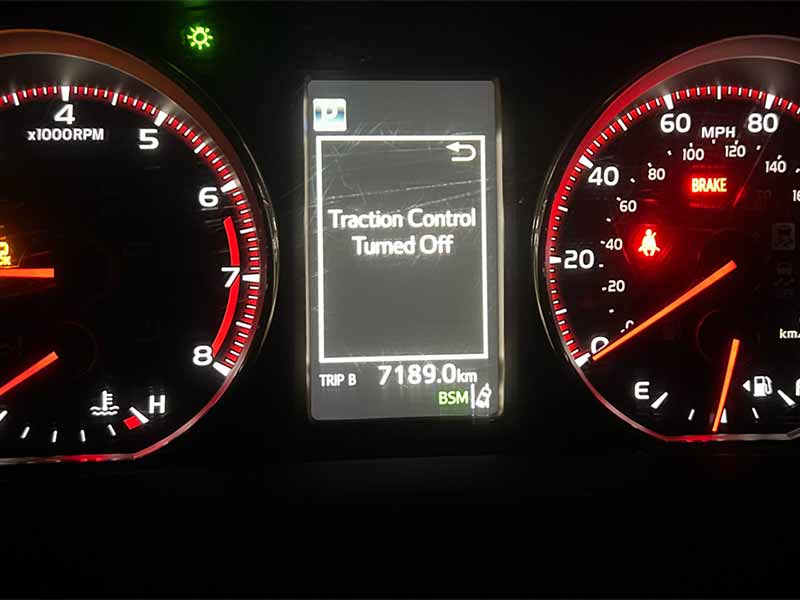Ever found yourself staring at that mysterious button near your steering wheel with a squiggly line and a car icon, wondering what it does? Or maybe you’ve seen the same symbol light up on your dashboard and felt a pang of worry.
Understanding what “Traction Control Off” means could be the difference between a smooth ride and a potential accident.
What Does “Traction Control Off” Mean?
“Traction Control Off” means that the vehicle’s traction control system, designed to prevent wheel spin and maintain grip, has been manually deactivated. This can offer benefits like improved maneuverability in specific conditions but also comes with risks like reduced vehicle stability.
If the light stays illuminated on your dashboard, there could be a problem with the traction control system itself.
In this article, we’ll delve deep into what traction control is, explore the function of the traction control button, discuss why you might want to turn it off, and examine the risks involved. We’ll also guide you on how to turn the system on and off and what to do if the traction control light stays on.
Let’s take a closer look.
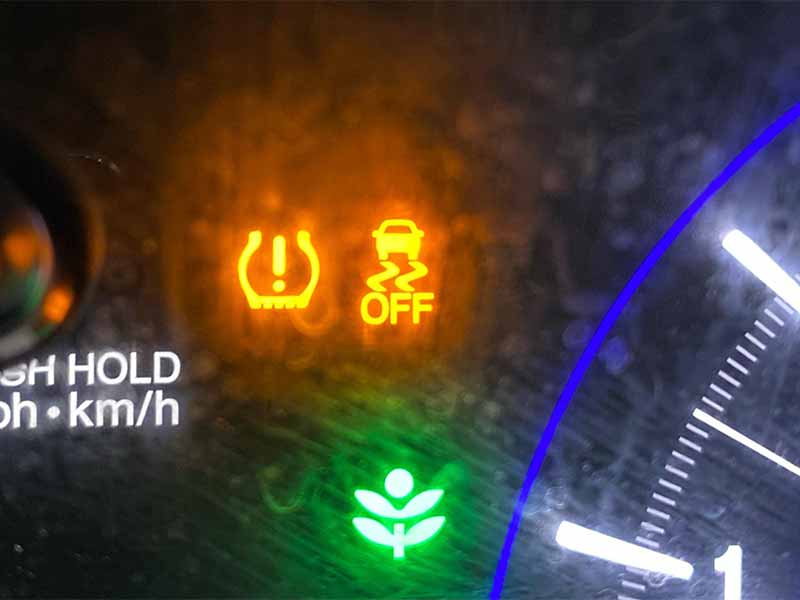
What is Traction Control?
Before diving into the specifics of traction control, it’s important to understand what “traction” means in the context of driving. Traction is the grip your tires have on the road. When your car has good traction, it means the tires are gripping the road well, making it easier and safer to steer, accelerate, and brake.
How Traction Control Works
Traction control is a technology designed to prevent loss of traction (wheel spin) in your vehicle. It’s a part of your car’s stability control systems. When your car detects that one or more wheels are about to lose grip and spin, the traction control system kicks in to correct it. Here’s how it generally works:
- Sensors Monitor Wheel Speed: Your car has sensors that keep an eye on how fast each wheel is spinning.
- Comparing Wheel Speeds: The system compares the speed of all the wheels. If one is spinning faster than the others, it’s likely losing traction.
- Applying Brakes or Reducing Engine Power: To prevent wheel spin, the system can either apply the brakes to that specific wheel or reduce engine power, or sometimes both.
The Role of Tires
It’s crucial to emphasize the role tires play in traction control. The system can only be as effective as the tires allow. Worn-out or poor-quality tires can reduce the effectiveness of your traction control system. So, maintaining your tires in good condition is essential for the system to work optimally.
Types of Traction Control Systems
There are mainly two types of traction control systems:
- Engine Control System: This type limits the power to the wheels to prevent them from spinning.
- Brake Control System: This type applies the brakes to the wheels that are spinning too fast.
Some modern vehicles use a combination of both for more effective traction control.
When is Traction Control Most Useful?
Traction control is particularly helpful in the following conditions:
- Wet Roads: When the road is wet, it’s easier for tires to lose grip.
- Icy or Snowy Conditions: In winter conditions, roads can be slippery, making it easier for wheels to spin.
- Off-Roading: When driving on uneven or loose surfaces, maintaining traction can be challenging.
The Connection to Electronic Stability Control
Traction control is often integrated with Electronic Stability Control (ESC), another system that helps you maintain control of your vehicle. While traction control focuses on preventing wheel spin, ESC helps control the direction you’re steering in, especially during more extreme turns or maneuvers.
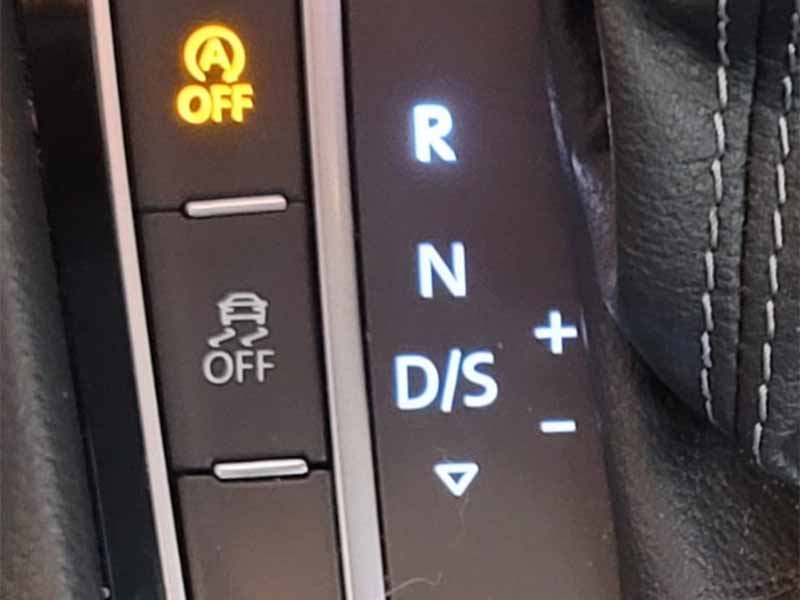
The Traction Control Button
The traction control button is usually found on the dashboard, near the steering wheel. In some vehicles, it may also be integrated into the steering wheel controls. This button is what you’ll use to manually turn the traction control system on or off.
Identifying the Button
The button is often labeled with a symbol that looks like a car outline with squiggly lines behind it. This symbol represents a car that is losing traction, which is exactly what the system helps to prevent.
How to Know if Traction Control is On or Off
Understanding the status of your traction control system is crucial for safe driving. Here are some ways to know:
- Indicator Light: Most cars have a dashboard light that illuminates when the system is active. This is usually the same symbol that’s on the button.
- Audible Alert: Some vehicles may also produce a short beep or chime to indicate that traction control has been turned on or off.
- Message on Dashboard: In more modern vehicles, you might see a message displayed on your dashboard screen, clearly stating the status of the traction control system.
Turning the System On and Off
Activating or deactivating the traction control system is generally straightforward:
- Press the Button: A single press usually toggles the system on or off.
- Hold the Button: In some vehicles, you may need to hold the button for a few seconds to turn the system off.
Why the Button Exists
You might wonder why there’s an option to turn off something that’s designed for your safety. The button exists for specific situations where you might actually benefit from a bit of wheel spin. For example:
- Stuck in Mud or Snow: Sometimes, allowing the wheels to spin can help you get out of a tricky situation.
- Sporty Driving: Some experienced drivers prefer to have more direct control over their vehicle’s performance and may choose to turn off traction control.

Why Would You Turn Off Traction Control?
Turning off the traction control system might seem counterintuitive since it’s designed to enhance your vehicle’s stability. However, there are specific scenarios where deactivating it can actually be beneficial. Here are some reasons:
- Improved Maneuverability: In some off-road conditions, turning off traction control can give you better control over your vehicle.
- Getting Unstuck: If your vehicle is stuck in mud, snow, or sand, allowing the wheels to spin freely can sometimes help you get out.
- Sport Driving: For those who are experienced drivers on closed tracks, turning off traction control can offer a more ‘hands-on’ driving experience.
Situations to Avoid Turning Off Traction Control
While there are benefits to turning off the system, there are also times when it’s best to leave it activated:
- Bad Weather: During rain, snow, or icy conditions, it’s safer to keep the system on.
- Heavy Traffic: In congested traffic, sudden stops and starts are common, making traction control beneficial for safety.
- Unfamiliar Roads: If you’re driving on roads you’re not familiar with, it’s safer to keep the system activated.
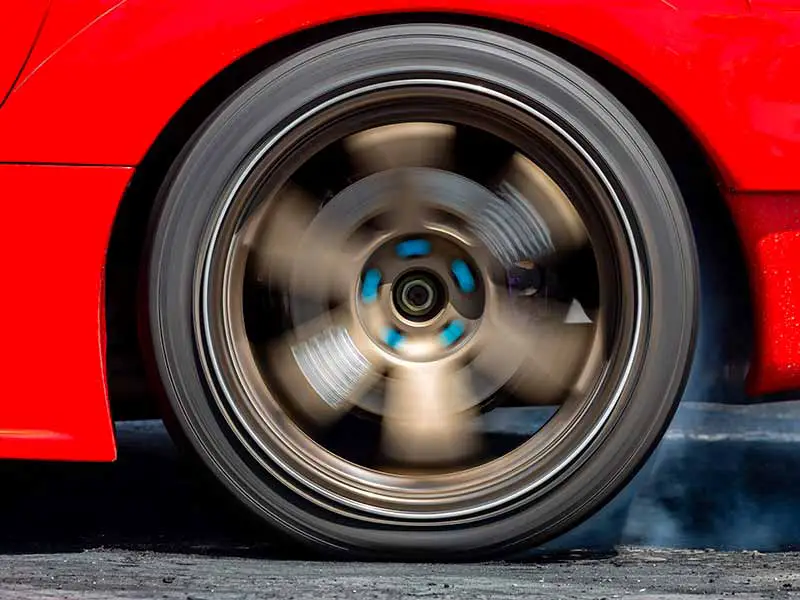
How to Turn On and Off Traction Control
Turning the traction control system on or off is usually a simple process, but it can vary slightly depending on your vehicle’s make and model. Here’s a general guide:
- Locate the Button: Find the traction control button, usually near the steering wheel or on it.
- Press to Toggle: A single press will often toggle the system on or off.
- Hold for Deactivation: In some cars, you may need to hold the button for a few seconds to turn the system off.
- Check the Indicator: Always look for the dashboard light or message to confirm the system’s status.
What Happens When You Turn It On or Off
When you activate or deactivate the system, several things happen almost instantly:
- Braking Behavior Changes: With the system off, the automated braking on individual wheels is disabled.
- Engine Power Regulation: If your system also controls engine power, this will be affected too.
- Dashboard Indicators: The traction control light will either turn on or off, indicating the system’s status.
Safety Precautions
Turning the system on or off should be done cautiously. Here are some safety tips:
- Avoid Busy Roads: Don’t toggle the system while driving in heavy traffic.
- Mind the Weather: Be extra cautious when driving in poor weather conditions.
- Know Your Vehicle: Understand how your specific make and model reacts to the system being turned on or off.
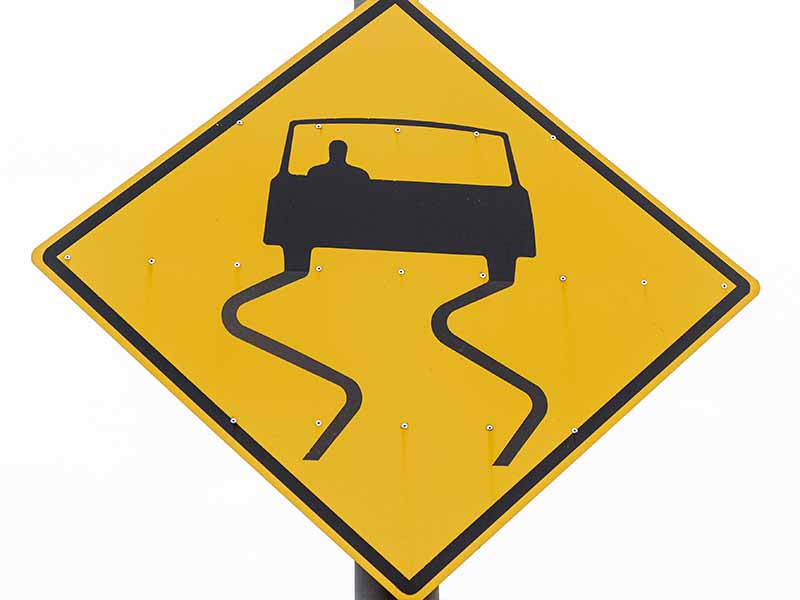
The Traction Control Light
The traction control light is a vital part of your vehicle’s dashboard. It serves as an immediate visual cue about the status of your traction control system. When you see this light:
- Solid Light: Generally means the system is off or there’s a fault in the system.
- Flashing Light: Usually indicates that the system is actively working to maintain traction.
What to Do When the Light Comes On
If the traction control light illuminates or starts flashing, here are some steps to consider:
- Check the System: First, determine whether you intentionally turned off the system. If not, there might be an issue.
- Consult the Manual: Your vehicle’s manual will provide specific information on what the light means for your particular model.
- Visit a Mechanic: If the light stays on and you’re unsure why, it’s best to get your vehicle checked by a professional.
The Light and Electronic Stability Control
In many vehicles, the traction control light is integrated with the Electronic Stability Control (ESC) system. If both systems share a light, it could indicate issues beyond just traction control. In such cases:
- Flashing Light: Could mean either the traction control or the ESC is actively working.
- Solid Light: Could indicate a fault in either system or that both are turned off.
Importance of Timely Action
Ignoring the traction control light can lead to:
- Reduced Vehicle Stability: Your car may become more challenging to control, especially in adverse conditions.
- Increased Tire Wear: Without the system to regulate wheel spin, your tires may wear out more quickly.

Risks of Turning Off Traction Control
Turning off your vehicle’s traction control system isn’t always advisable. While there may be specific situations where it’s beneficial, there are also inherent risks involved. Here’s what you need to know:
- Loss of Vehicle Control: Without the system to regulate wheel spin, you’re more likely to lose control of your vehicle.
- Increased Chance of Skidding: Especially on wet or icy roads, turning off the system can lead to skidding.
Situations to Definitely Avoid
There are certain conditions where turning off traction control is especially risky:
- During Bad Weather: Rain, snow, and ice make roads slippery, increasing the risk of losing control.
- On Highways: At high speeds, losing control can have severe consequences.
- In Heavy Traffic: The stop-and-go nature of heavy traffic makes it easier to lose control if traction control is off.
Safety Measures If You Must Turn It Off
If you find it absolutely necessary to turn off the system, take these precautions:
- Reduce Speed: Lower speeds give you more time to react if something goes wrong.
- Avoid Sudden Maneuvers: Quick turns or abrupt stops are more likely to cause problems without traction control.
- Turn It Back On: As soon as the specific need is over, reactivate the system for your safety.
Resources
Below are some links you may find helpful when learning about tires
- Traction control system: How it works and when to use it – Kelly Blue Book
- Traction control – What is it, and how does it work? – Auto Express
Final Thoughts
Understanding your vehicle’s traction control system is more than just a technical know-how; it’s a crucial aspect of safe driving.
From knowing where the traction control button is located to understanding the risks of turning the system off, being informed can significantly impact both your safety and your vehicle’s performance.
Remember, the quality and condition of your tires play a significant role in how well your traction control system performs.
Good luck and happy motoring.
